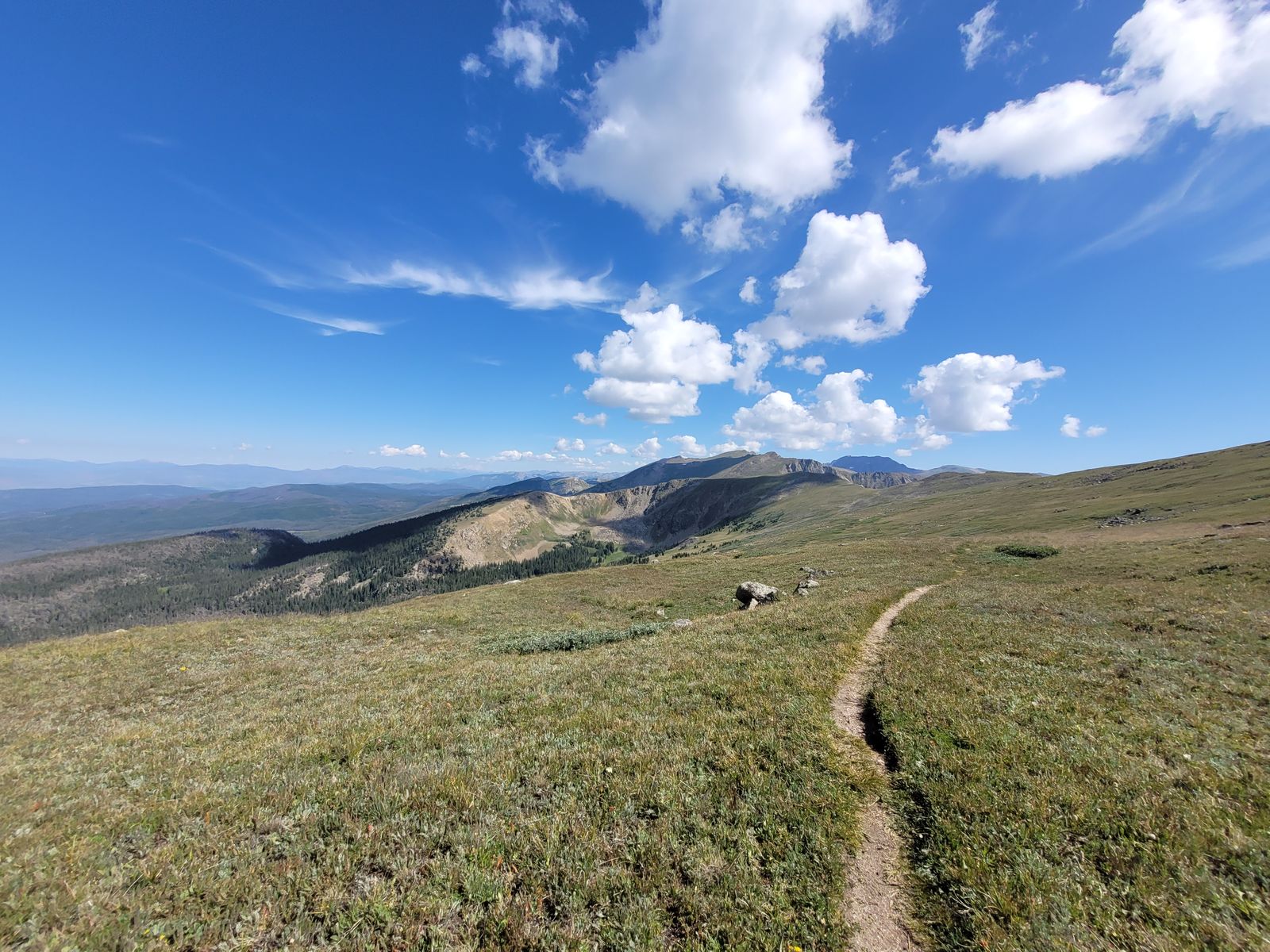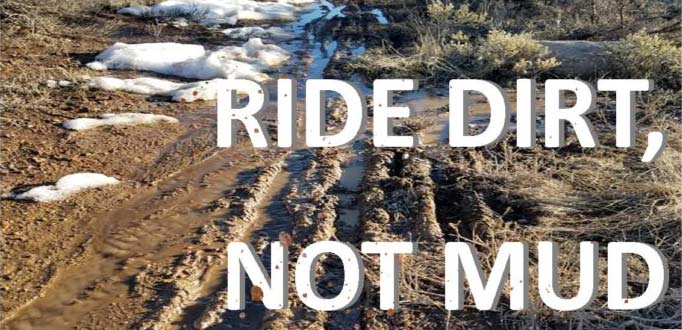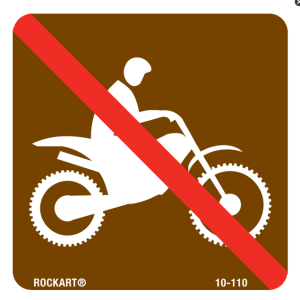
Headwaters Trails Alliance provides a variety of resources for those interested in using the trails in Grand County, Colorado. The section below is dedicated to these resources, which includes the Grand County Trail Guide, a list of recommended hiking and biking routes, and information about the COTREX, MTB Project, and Trail Forks apps. These resources are designed to help trail users plan their excursions, stay safe, and minimize their impact on the environment. Whether you're a seasoned trail user or new to the area, our resources can help you make the most of your time on the trails.



Help keep the trails sustainable for yourself and others. If you are leaving a track, turn back!
Riding or hiking on a muddy trail causes significant damage to the tread. This damage leads to long-term issues involving erosion, improper drainage, and an overall unpleasant riding experience. A muddy trail is a closed trail.
During spring and fall, this issue is especially prevalent during freeze-thaw cycles, warming temperatures, and precipitation. If the trail is muddy, please consider other options and allow time for it to dry out.
To assist our efforts in maintaining these trails please consider volunteering with us.
Ride on open trails only – respect trail closures including seasonal or short-term closures. Remember that the USFS and BLM regulate bicycle usage to designated routes only. Please remember to stay on signed designated routes.
E-bikes help make public lands more accessible to more people. Public lands offer many opportunities for riding e-bikes, however it is important to know exactly where they are allowed. All classes of e-bikes are considered motorized on federal lands; this included USDA Forest Service, Bureau of Land Management, and National Park Service (Rocky Mountain National Park). E-bikes are able to travel on all open motorized roads on federal land. Make sure trails are marked as open to motorized use before traveling on trails with your e-bike. Motorized trails open to e-bikes include trails that are open to motorcycle, ATV, and OHV use.
Check out COTREX to find out where to go on your next e-bike adventure.
The following are examples of sign regulations.


Non federal land options in Grand County
The following are trails and trail areas that allow E-bikes in Grand County, CO. Always check with the local regulations before your next adventure.
Fraser River Trail (commuter trail)
Fraser to Granby Trail (commuter trail)
Granby Ranch (fee area)
YMCA of the Rockies/Snow Mountain Ranch (fee area)
What is an e-bike?
An e-bike is a bicycle with a small electric motor of not more than 750 watts (one horsepower) which assists in the operation of the bicycle and reduces the physical exertion demands on the rider. E-Bikes may have two or three wheels and MUST HAVE fully operable pedals. Some e-bikes only provide motorized assistance when the rider is pedaling; others can operate without pedaling. Some e-bikes cease to provide motorized assistance to the rider when the bicycle reaches the speed of 20 miles per hour (mph). Others cease to provide motorized assistance when the bicycle reaches 28 mph E-bikes may appear virtually indistinguishable from traditional bicycles.
Classes of e-bikes
Class 1 e-bikes are equipped with a motor that provides assistance only when the rider is pedaling, and that ceases to provide assistance when the bicycle reaches the speed of 20 mph.
Class 2 e-bikes are equipped with a motor that may be used exclusively to propel the bicycle, and that ceases to provide assistance when the bicycle reaches the speed of 20 mph.
Class 3 e-bikes are equipped with a motor that provides assistance only when the rider is pedaling, and that ceases to provide assistance when the bicycle reaches the speed of 28 mph.
Check out this video on E-Bike use on Federal Lands